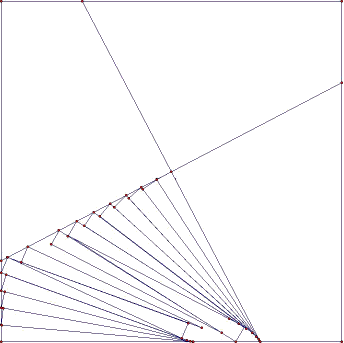
s = 1 + 1/√2 = 1.707+

s = 2

s = 1 + √2 = 2.414+

s = 2.724+
(MM)

s = 1 + 3/√2 = 3.121+

s = 3.380+
(DH)

s = 3.599+
(MM) after (DC)

s = 3.819+
(MM)

s=1+sin(π/12)=1.258+

s = (1 + √7)/2 = 1.822+

s = 2

s = 2.309+
(MM)

s = 2.636+
(MM) after (EF)

s = 2.846+
(MM)

s = 2.999+
(DC) after (MM)

s = 2 + 2/√3 = 3.154+

s = 1

s = √2 = 1.414+

s = 1 + 1/√2 = 1.707+

s = 1.942+

s=(3√2+√38)/5=2.081+

s = 2.375+
(DC) after (MM)

s = 2.594+
(MM)

s = 2.699+
(DC) after (MM)

s = cos(π/20) = .987+

s = √2 = 1.414+

s = 1.673+
(MM)

s=1+tan(π/5)=1.726+
(MM)

s = 1.997+
(MM) after (DC)

s = 2.176+
(DC) after (EF)
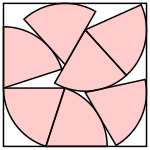
s = 2.331+
(SH) and (TG)
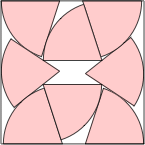
s = 2.439+
(DC) after (MM)

s = cos(π/12) = .965+
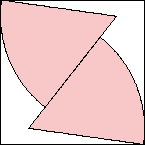
s = 1.244+
(MM)
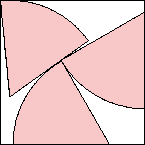
s = 1.491
(MM)
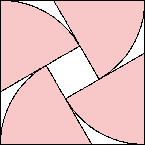
s = 1 + 1/√3 = 1.577+
(MM)
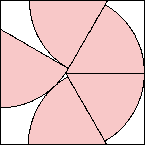
s = 1.833+
(MM)
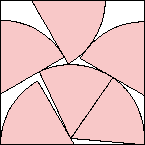
s = 1.951+
(MM)

s = 2.096+
(MM)
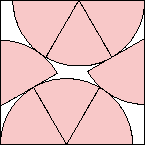
s = 2.187+
(MM)
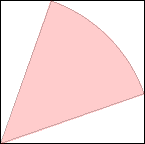
s = cos(3π/28) = .943+
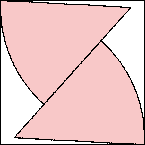
s = 1.109+
(MM)
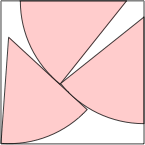
s = 1.340+
(DC) after (MM)
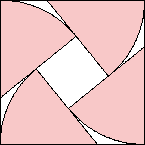
s=1+tan(π/7)=1.481+
(MM)
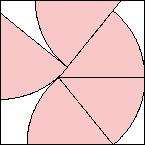
s = 1.685+
(MM)
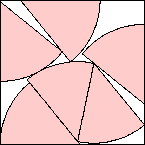
s = 1.815+
(MM)

s = 1.940+
(MM)
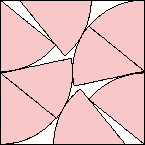
s = 2.021+
(MM)
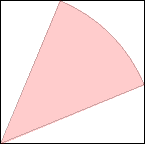
s = cos(π/8) = .923+
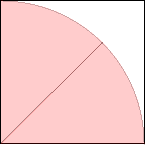
s = 1

s=(1+√2)/2=1.207+
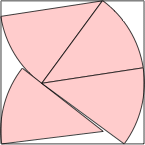
s = 1.398+
(DC) after (MM)
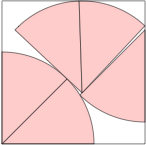
s = 1.554+
(DC) after (EF)
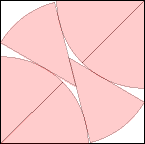
s=√(14-8√2)=1.638+
(MM) after (EF)
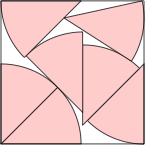
s = 1.786+
(DC)
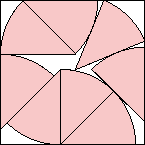
s = 1.915+
(MM)

s = cos(5π/36) = .906+

s = cos(π/36) = .996+
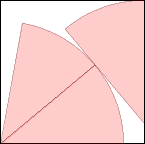
s = 1.166+
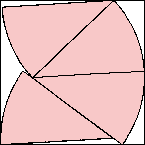
s = 1.282+
(MM)
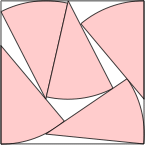
s = 1.456+
(DC) after (JD)
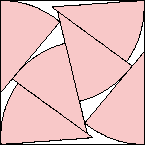
s = 1.551+
(MM)
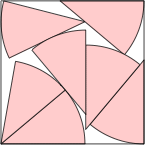
s = 1.704+
(DC)

s = 1.798+
(JD)
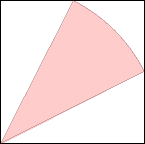
s = cos(3π/20) = .891+
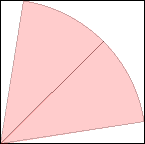
s = cos(π/20) = .987+
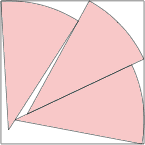
s = 1.108+
(DC) after (JD)
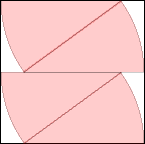
s = 1.184+
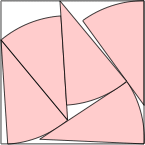
s = 1.371+
(DC) after (JD)
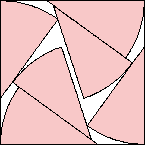
s = 1.472+
(MM)
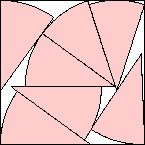
s = 1.594+
(MM)
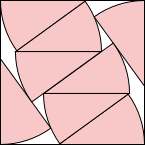
s = 1.681+
(JD)
